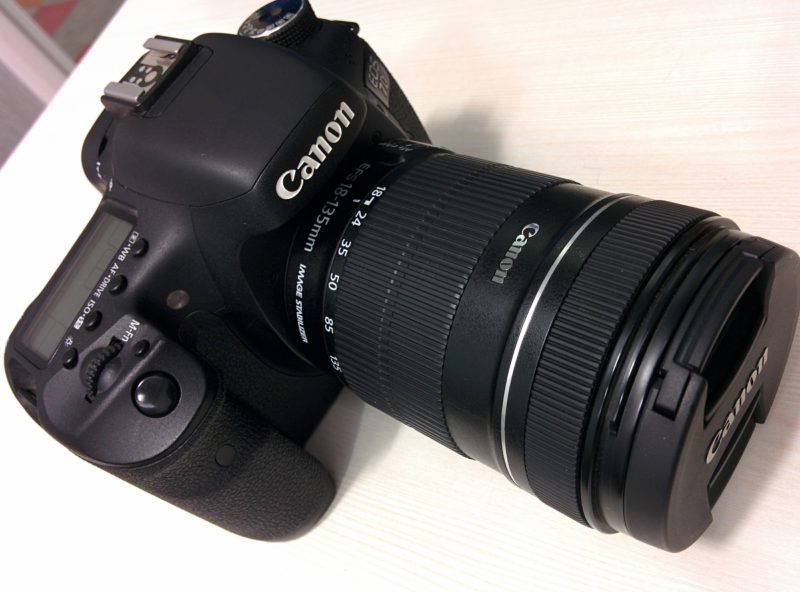The buyer’s guide to purchasing a DSLR camera

If you are interested in photography, the DSLR (digital single lens reflex) certainly has an allure, and is seen as an investment. They are great cameras for capturing those amazing moments. Luckily for all avid photographers out there, capturing those pictures won’t necessarily break the bank, as there are some competitively priced DSLR cameras on the market which aren’t just for the professionals – but are a great choice for entry level and midway photographers too, like the sony alpha DSLR.
A good thing to remember when comparing DSLR’s is to look at the cost of the DSLR as a kit (lens and body), as well as separately. Usually when you buy the lens and body together as a kit, the lenses offered aren’t necessarily specialised. For example if you are looking to take a lot of close-up shots, it may be better for you to consider buying the body separately and then choosing a macro lens as your first lense, rather than the usual 18mm to 50mm lens offered.
When stepping up from a point-and-shoot camera to a DSLR, the biggest difference is the image sensors. The thing to look for when comparing DSLR models are the size of the sensors, as the more light that can be taken in when a picture is captured the better. Simply put, the more light, the more detail you’ll be able to see in your pictures. Therefore, remember to look for a DSLR with a large sensor to take better quality photography.
If you are a beginner when it comes to photography and are concerned that a DSLR may be a little too complicated, don’t be. Although these cameras have a multitude of controls available, allowing you to adjust aperture, shutter speed and ISO, there are also automatic settings to make it easy to take a great picture when the feeling of ‘what am I doing here?’ takes over.
With the majority of people having smartphones nowadays, we aren’t adverse to comparing pixel quantities. However, what you do need to consider when comparing cameras and their pixels is that the pixel sizes are different. The size of say one pixel on a camera phone versus the size of one pixel on a DSLR is very different. The DSLR pixels are bigger and take in more light, thus producing better colours in your pictures.
Another great benefit from investing in a DSLR is their HDR (high dynamic range) function. This is a super cool function that captures multiple pictures of the one scene, but uses a number of different exposures. That however, is not only the cool part. The cool thing is that a DSLR camera can combine the best bits of each of the photographs and create one ultimate photo. And nobody will be any the wiser that you didn’t manually create that perfect shot.
Dependent on what the primary use of your camera is, one aspect which may be overlooked in your consideration set is the DSLR’s ability to record videos. Luckily for you due to the sensors on these cameras, the quality of video recording is high. As already mentioned, the intake of light through the sensors directly affects the quality, therefore DSLR’s can record HD videos.
I guess the last thing to consider when buying a DSLR camera is the cost. As there is a large range of different DSLR body and lens available, a great way to compare prices is to look at what features are offered against what cost. The more you spend, the more features you will receive, and the better your photography will become.

